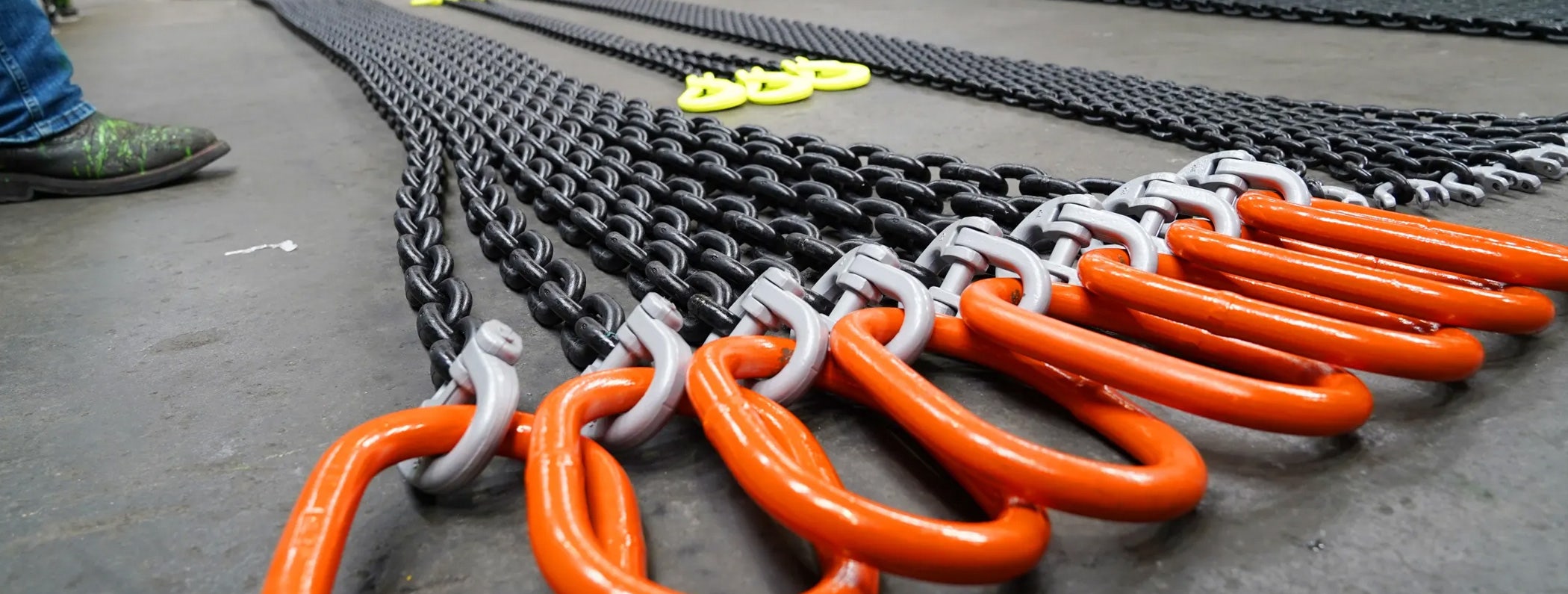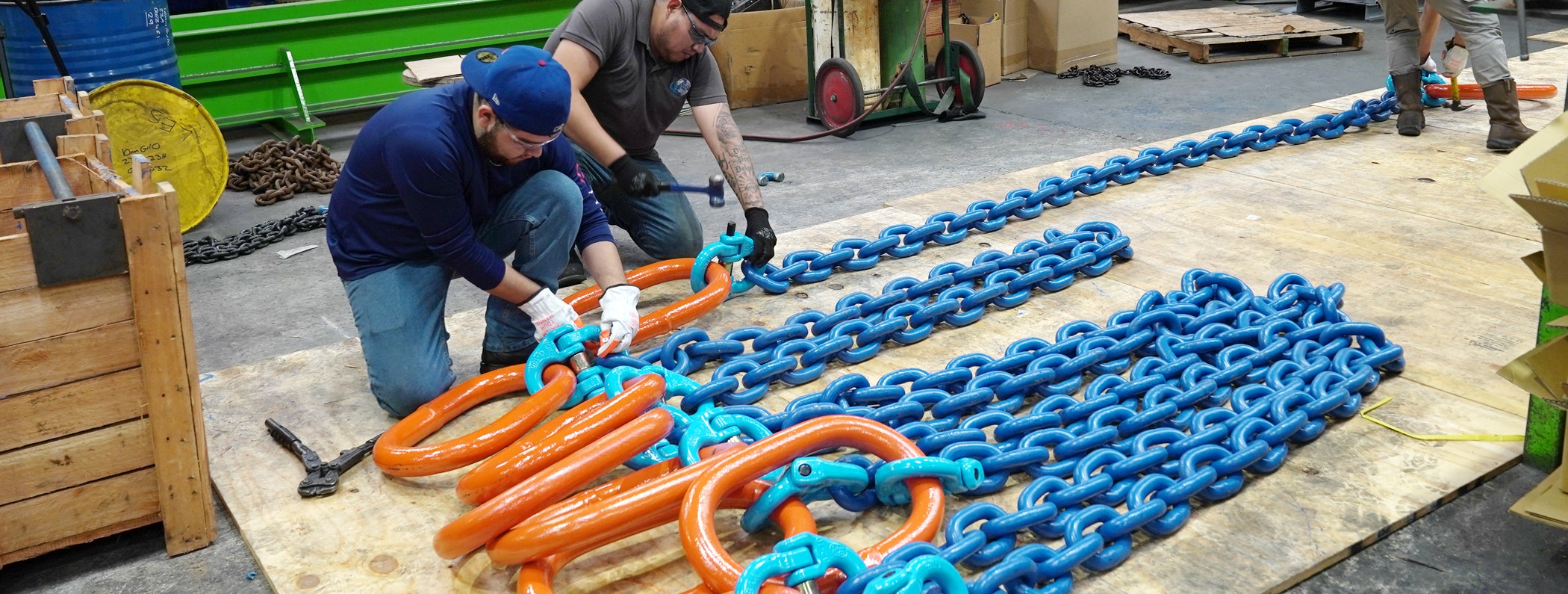Factors to Consider When Purchasing Synthetic Slings for Industrial Use

Synthetic slings serve many purposes in a variety of lifting and rigging situations. Even though they are used to lift heavy loads, the slings are easy to transport and lightweight, which makes for simple usage by one person or multiple people.
As soon as you look into purchasing synthetic slings for your industrial project, you’ll realize there’s an abundance of options out there. We’re here to guide you through the process of picking the right synthetic sling.
Keep reading to learn what kind of synthetic sling you need and why – as well as how you can take care of it after you introduce it to your job site.
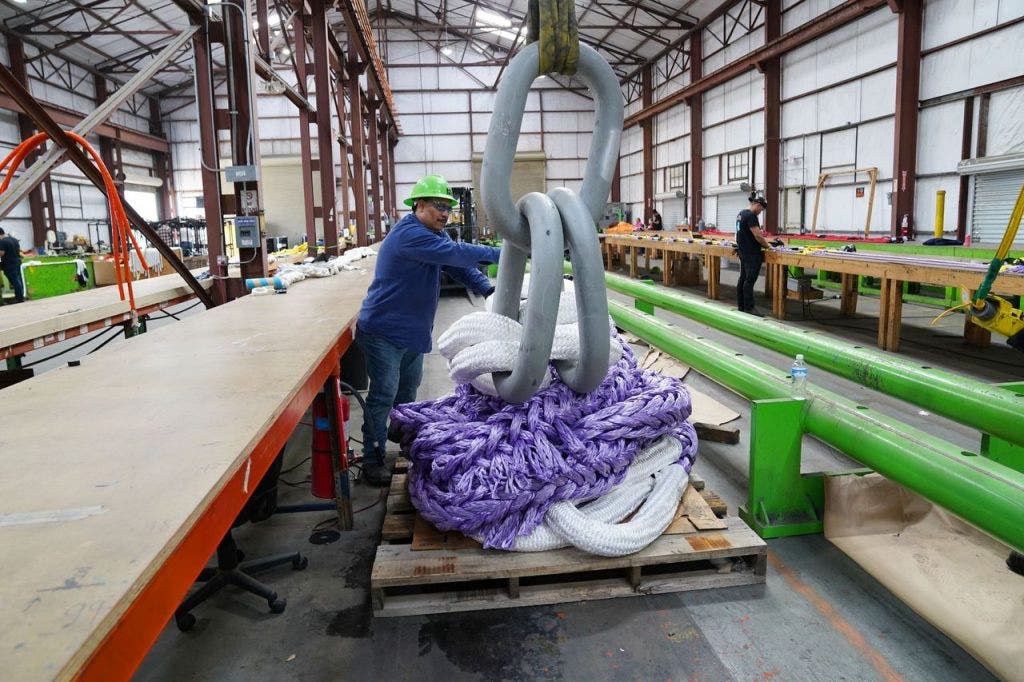
Understand the Purpose of Synthetic Slings
First and foremost, it’s important that you understand why synthetic slings are used. Sure, we just said that they’re lightweight and heavy-duty, but what’s their full purpose at any rigging site?
Typically, synthetic slings are bought to provide strong lifting capabilities with safety and an economical price. Each particular sling (and its material) is designed to provide a particular level of strength, convenience, and durability.
Why Use Synthetic Slings Instead of Steel?
It’s not just that synthetic slings are lighter and easier to carry. They’re also flexible, which means they can mold to the shape of your specific load. This comes in handy if you’re frequently lifting items that are delicate or irregularly shaped.
These rigging slings are especially popular in the construction industry and with ship haulers who work hard to avoid damaging their loads.

Now it’s time to decide if you want a nylon or polyester webbing synthetic sling. As we mentioned before, different materials offer different benefits when it comes to lifting equipment – you just need to choose the best one for your particular situation.
Nylon Webbing
The biggest thing you’ll note about a nylon sling is that they have a great deal of give to them – about 7 to 10 percent when at WLL. This comes in handy if you’re lifting a load and worrying about the potential for “snapback.”
Still, this material is extremely strong and can lift just as well as polyester webbing. It just can’t be used in situations where snapback is a big concern.
Other benefits of nylon webbing include:
- Fast recovery when stretched
- Usability near ethers or alkalis
Polyester Webbing
Softer and more flexible, polyester webbing is almost always used when dealing with delicate loads. Because of its flexibility, it can easily wrap around an oddly shaped load to find the area that provides the best grip.
Other benefits of polyester webbing include:
- Low levels of water absorption
- Resistance to damaging UV rays
- No height limitations
- Usability near acids or bleaches (unlike nylon)
Generally, polyester is the more trusted material for synthetic slings. However, if you’ll be dealing with ethers or alkalis, you’ll certainly need to go with nylon material to avoid any serious issues.
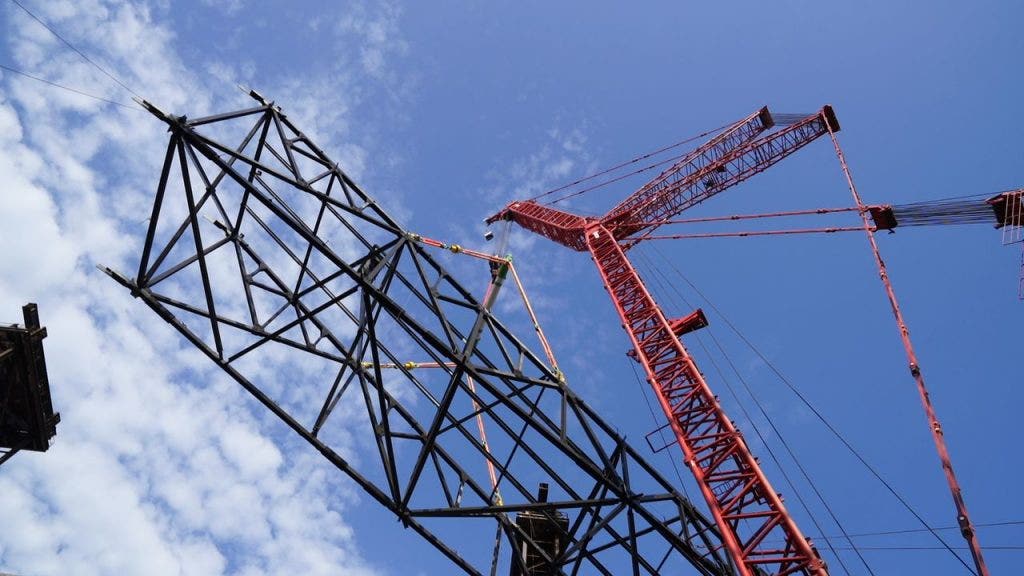
Pick One that Can Withstand Your Temperatures
Material isn’t the only thing that matters when it comes to lifting slings. Temperature resistance is important, too.
When most synthetic slings are exposed to extreme temperatures, hot or cold, you can run into problems. Both nylon and polyester webbings shouldn’t be extensively exposed to sunlight, blistering heat, or frigid weather for too long.
As you shop for synthetic slings, do plenty of research on the temperatures each can handle. If you work in an extremely hot or cold environment, you’ll need to purchase a sling that can handle the climate.
Beware of Abrasive Damage
You should always be aware of the possible effects of abrasion. There are certainly ways to protect your rigging slings as you use them, but you can also shop for synthetic slings that come with extra abrasion protection.
For instance, Synthetic Armor Pads protect slings from damage as they come into contact with rough surfaces or hard structures. Even if you don’t purchase a sling that comes with added protection, we highly recommend looking into extras you can install to protect the rigging equipment.
Pick the Right Weight Load
This tip might seem obvious, but we can’t stress its importance enough. You need to understand the exact rate load capacities of the slings you’re evaluating in order to determine if they can safely handle your load weights.
Rated load capacities are based on the sling:
- Design
- Material strength
- Fabrication efficiency
- Curve diameter
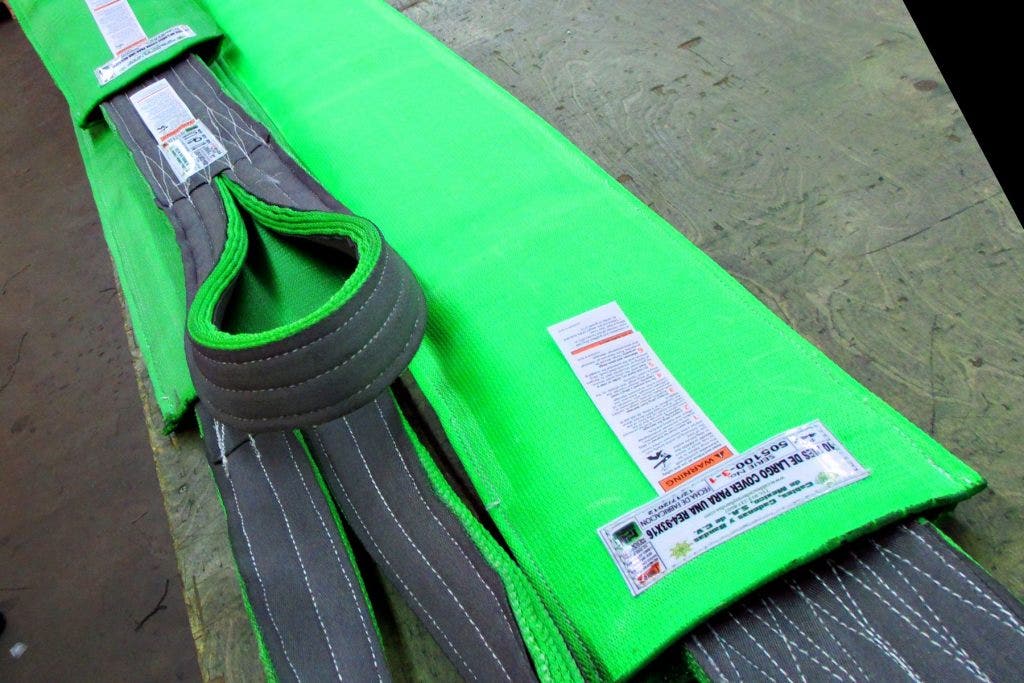
Don’t just assume that you know how much a synthetic sling can lift safely. Know for certain that you’ll be performing within the designated capacity of the product.
Don’t Purchase Used, Worn Sling Attachments
Although we’re usually all for using second-hand when possible, a synthetic sling isn’t the kind of product you want to buy after it’s seen better days.
Using worn or damaged slings presents a heap of dangers to your job site. If you notice any melting, holes, tears cuts, snags, or excessive wear on the item you’re evaluating, move on to the next option. It’s not worth saving a little bit of money to use a sling that isn’t safe or durable.
Decide Where You Will Store It
After you decide on a synthetic sling to purchase, you’ll need to pick a place to safely store it.
As we mentioned before, synthetic slings are sensitive to extreme temperatures. Other environmental effects, such as mechanical or chemical damage, can also cause them to wear faster. You can’t just leave these slings anywhere – you’ll need to have a dedicated space where they will age slowly.
Most slings should not be stored in places that have temperatures above 194 degrees F or below minus 40 degrees F.
We recommend storing synthetic slings in accordance with the guidance provided by the sling manufacturer. When in doubt, consult an expert to make sure you’re responsibly storing and inspecting your lifting slings after use.
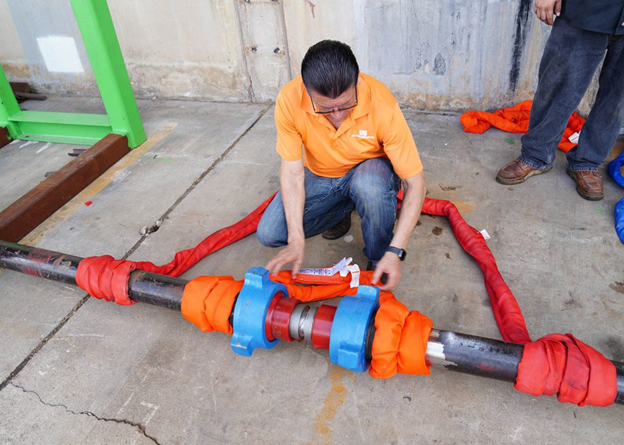
Assign Someone to Check the Sling Every Day
Speaking of inspecting synthetic slings, a qualified person should look over the sling each day before and after use, searching for signs of defects. It’s essential that you always know the state (and safety) of your sling before bearing another load.
Depending on the frequency of the rigging sling’s use, you may need to inspect it daily, weekly, or monthly. Inspections should never take place more than a year apart, especially if you’re using the tool on a fairly regular basis.
Keep in mind that although OSHA’s sling standard doesn’t require you to record inspections, the ASME standard does contain provisions on sling inspection records. Make sure the person in charge of sling checks is looking for:
- Burns
- Knots
- Charring
- Worn stitching
Remember: This isn’t just a step to make your sling last longer. It’s also an important aspect of job site safety. You owe it to your workers and innocent bystanders, as well as your cargo suppliers, to inspect as necessary.
In Conclusion
At Holloway Houston Inc., we’ve been selling top-notch rigging slings since day one. From synthetic slings specifically designed for piping applications to slings created for oilfields, we’ve covered it all.
That’s why we’re more than happy to help you determine what kind of industrial synthetic sling you need for your project. Talk to one of our experts today to learn what material, size, and weight capacity will best suit your situation.
Shop Online Off Road Rigging Products











